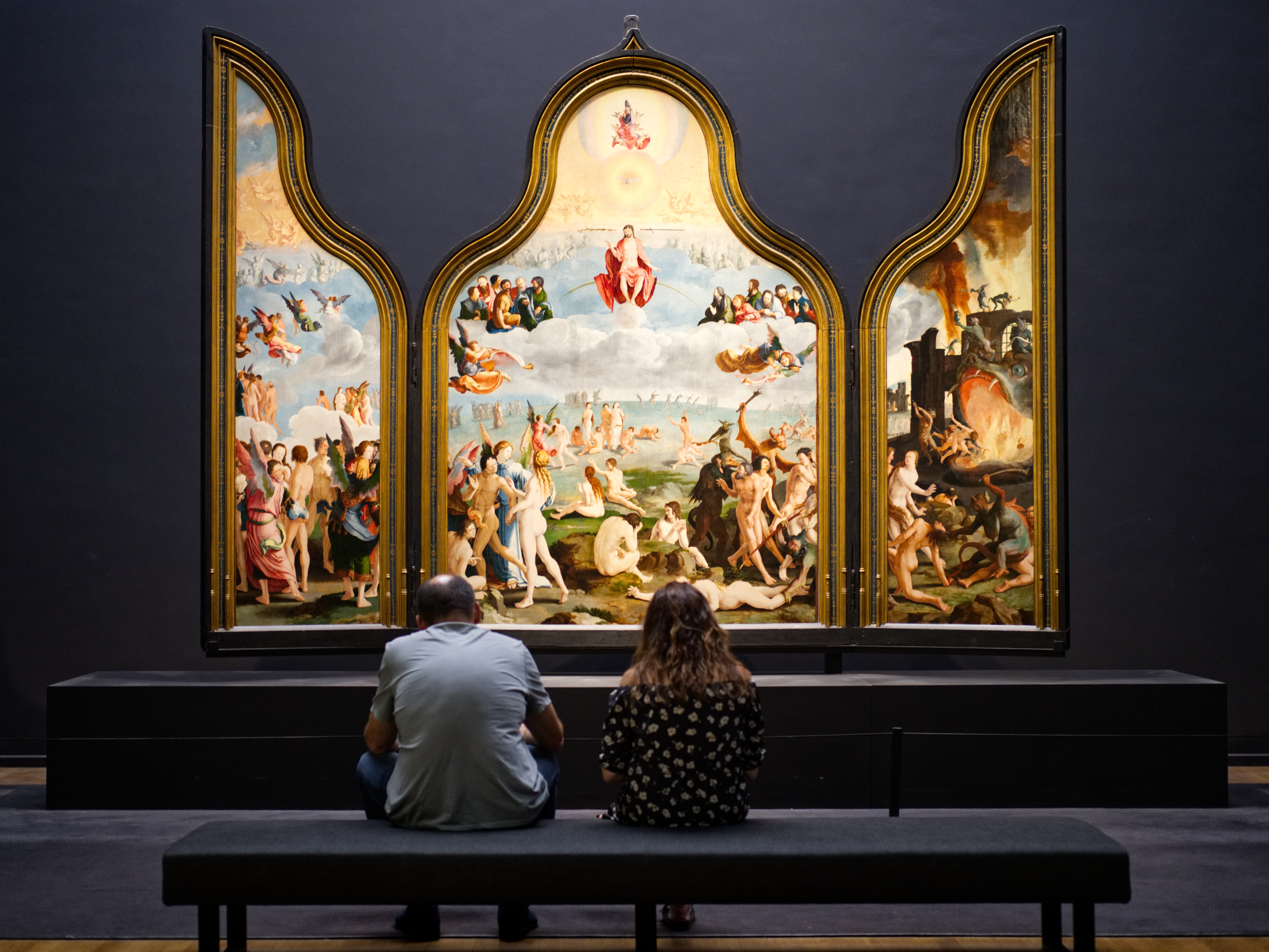Art is extremely subjective for all the parties involved, including the artist, the audience, and even professional art critics and historians that make a living discovering art, judging art and commenting on art. When artists create their pieces, whether paintings, photos, or installations, they communicate ideas that they’ve developed as a result of their background, upbringing, education, values, and other factors, all of which are highly individual.
![]() Often, artists use art to express feelings and emotions that they are not fully conscious of. Once an art piece gets into a museum or gallery, people that look at it also judge it based on their background, education, values, and intimate personal experiences. This is why art historians and professionals study the backgrounds of artists and the contexts of art creation.
Often, artists use art to express feelings and emotions that they are not fully conscious of. Once an art piece gets into a museum or gallery, people that look at it also judge it based on their background, education, values, and intimate personal experiences. This is why art historians and professionals study the backgrounds of artists and the contexts of art creation.
While the background of an artist is highly personal, it also inherently links a piece of art to the artist and may explain what is happening with the piece in a way that the audience is likely to misinterpret. For example, in 1999 the Brooklyn Museum of Art chose to show an art piece called The Holy Virgin Mary created by Chris Ofili. In the piece, the Virgin Mary was black and the piece itself sat on two piles of elephant manure. Many people found the art to be insensitive and offensive when in reality Ofili didn’t try to offend anyone. He wanted to express the holiness of the Virgin, and in Zimbabwe, elephant manure is considered to be a sacred substance. Of course, cultural and geographical significance is easily lost when art travels.
The mentioned artwork by Chris Ofili is one example of how art can be considered respectful by some and insensitive by others.  More than that, some pieces of art may be looked at contrarily among people from the same cultural background but during different time periods. For example, when Claude Monet first exhibited his work called “Impression, Sunrise”, most viewers and critics hated it. To them, it was too different from the kind of art they were used to. They didn’t consider the work of Monet to be art because it was unrecognisable as such. Today, the same work attracts many admirers among art lovers, critics and historians alike. In fact, many critics consider Monet to be one of the greatest artists of all time. Similar is true of Vincent van Gogh, who, unlike Monet, never experienced commercial success during his lifetime.
More than that, some pieces of art may be looked at contrarily among people from the same cultural background but during different time periods. For example, when Claude Monet first exhibited his work called “Impression, Sunrise”, most viewers and critics hated it. To them, it was too different from the kind of art they were used to. They didn’t consider the work of Monet to be art because it was unrecognisable as such. Today, the same work attracts many admirers among art lovers, critics and historians alike. In fact, many critics consider Monet to be one of the greatest artists of all time. Similar is true of Vincent van Gogh, who, unlike Monet, never experienced commercial success during his lifetime.

